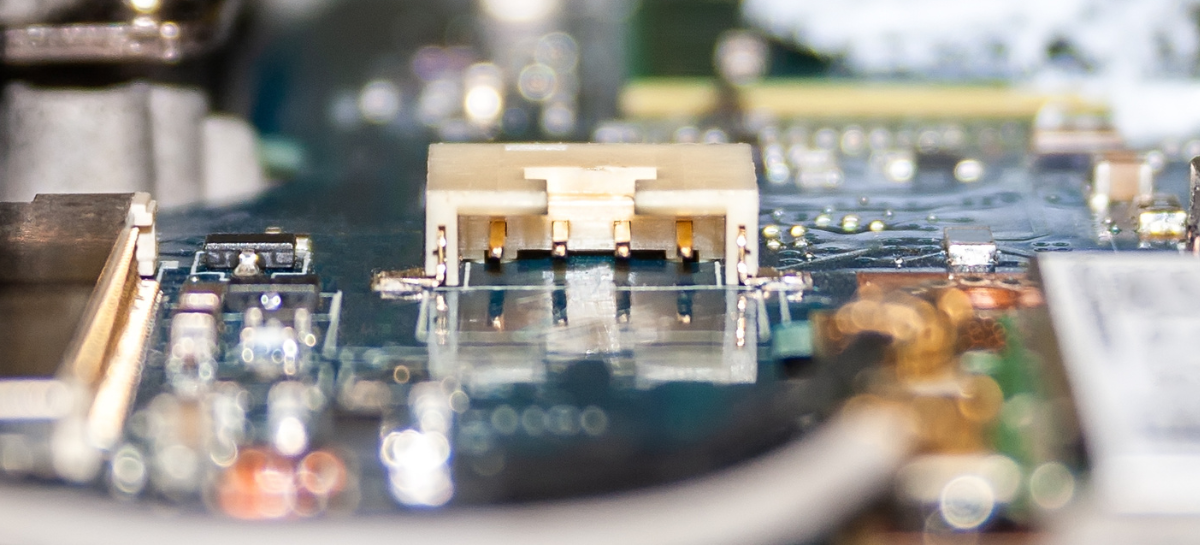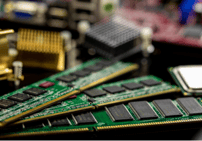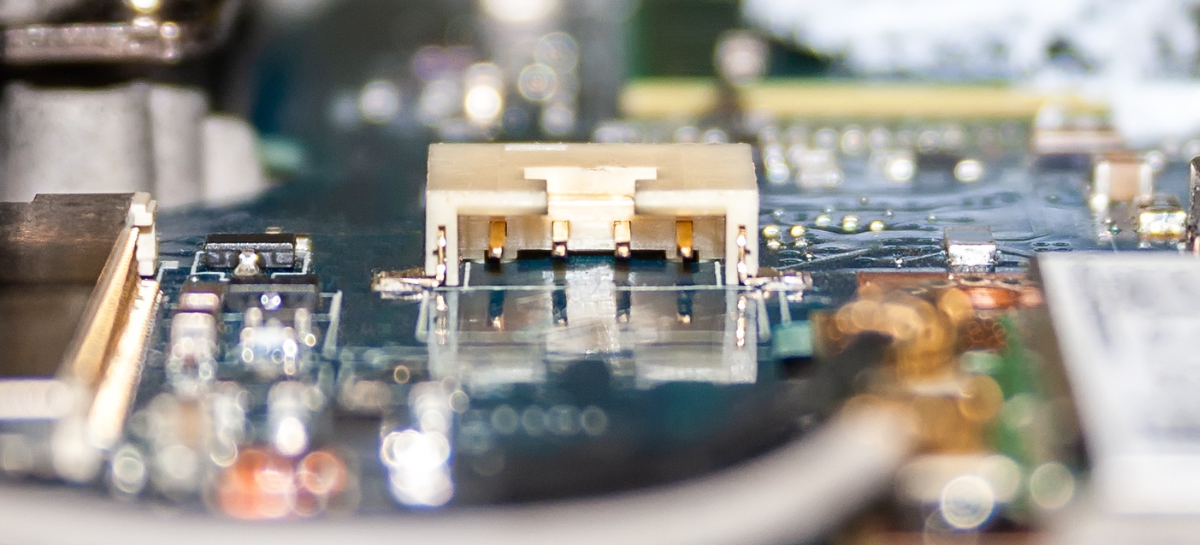Why Employ an Embedded System in Product Design?
Embedding dedicated computing into your design will increase performance and add customization. Why else should you design in an embedded system?
Developing an innovative solution lets you outpace your competition and results in a profitable impact to your business's bottom line. Success with product development comes from investing in the right solutions, including the types of technologies and where they are implemented. Embedded Systems, and the basic elements of processor, firmware, and hardware, provide the perfect platform for innovation in product design by integrating available technologies in novel ways.
What is an Embedded System?
A computing system, built of a processor, memory, and input/output devices, with a dedicated function inside of a larger device or system. Embedded systems are useful design elements because they offer fully customizable, real time performance with a wide range of integration possibilities. Embedded systems are found in equipment and devices we encounter everyday, including:
- Medical Diagnostics
- Robotic Systems
- Motion Control Systems
- Measurement Instruments
- Unmanned Vehicle Systems
- IoT Smart Connected Devices, and more
Read more about embedded systems

Why would a company use an Embedded System?
There are three primary drivers to designing/upgrading an embedded system for use in your products:
- Increased Performance: compared to older systems, modern embedded systems provide unmatched speed, reliability, accuracy, and specificity that solves many product development problems. Additionally, installing an embedded system can extend the life of older products and increase equipment functionality within modern IoT and Industry 4.0 environments.
- Additional Integration: Embedded systems, especially when based on FPGA technology, allow for integration with wide ranges of sensors, COTS devices, equipment, and user interfaces, increasing the solution possibilities while enhancing product capabilities.
- Lower Costs: Embedded systems can reduce hardware costs compared to more complex computing devices. With increased I/O options, concerns over component sourcing and supply chains can be mitigated and converted to an opportunity.
.png?width=756&height=181&name=Integrated%20Circuit%20(2).png)
Integrating Elements of an Embedded System
Developing an innovative embedded system will set you apart from your competition, both in product performance and in results for your business. Success with maximizing product development returns comes from experience and expertise in embedded systems, both in understanding existing technology and in investing in the right solutions to meet the actual goals of a project. Successful (and profitable) Integration of the many elements of an embedded system is crucial, so make sure you have access to the knowledge and capabilities to make that happen. If you're unsure as to whether you or you team have those skills available, your best option is to partner with a team that has this expertise and ensure your outcomes meet the potential of your project.
Download Boston Engineering's Embedded Systems Integrated Capabilities
Ready to Start your next Embedded System Design?
 Whether you’re looking to enhance your current team or outsource a solution to meet rising demands on your time, working with Boston Engineering embedded systems experts is the right choice. Don't leave complex designs that rely on layers of integration to slow down your team, extend deadlines, or even worse: cause a project failure. Know you're going to get the results you want by working with an industry leader in development and deployment of high performance embedded systems.
Whether you’re looking to enhance your current team or outsource a solution to meet rising demands on your time, working with Boston Engineering embedded systems experts is the right choice. Don't leave complex designs that rely on layers of integration to slow down your team, extend deadlines, or even worse: cause a project failure. Know you're going to get the results you want by working with an industry leader in development and deployment of high performance embedded systems.
Let's start the Embedded Systems conversation
No matter the challenge, our team possesses the expertise in the engineering disciplines and technologies you need to bring your vision to life. Impossible Challenge? Try Us.
Imagine your Impact: Stay up-to date- with the latest insights and trends we're watching. Add your email address below and sign up for a Monthly Summary of our most impactful posts!











